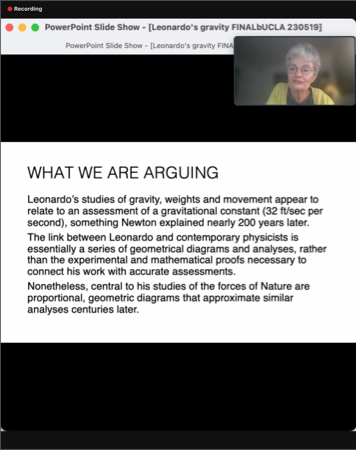Nanotechnology is a combination of science, engineering, and technology (NNI). It is a process that is managed at a nanoscale. The idea of nanoscience was developed by Richard Feynman, a physicist, at an American Physical Society meeting located at the California Institute of Technology (Gimzewski). Richard Feynman described the process as being able to see and manipulate individual molecules. I found it really interesting learning about how small nanotechnology is. For instance, there are 25,400,000 nanometers in an inch and trying to picture that in my head is mind blowing because we can compare the size to an atom. Manipulating molecules as tiny as this is something that takes great patience and creativity.
It is also interesting that the public has gained a different perspective on nanotechnology. In “The Nanomem Syndrome: Blurring of fact and fiction in the construction of a new science” Vesna and Gimzewski argue that there is a blurry boundary between scientific fact and fiction. This blurry boundary has led to misinterpretations and even ethical implications regarding nanoscience. Popular culture has shaped public perception of nanoscience in a negative way and it is important to properly inform the public on it. (Gimzewski and Vesna).
Something that I found that interested me was a project created by Boo Chapple. Boo Chapple has been creating a project that allows bones to project audio waves, essentially creating an audio speaker out of bone. Chapple has worked with the bone matrix to allow the bone to vibrate and project audible sound (Art.Base). This is something that really fascinated me because it is something that requires tedious engineering and great patience. Nanoart is something that was created to allow the public to familiarize themselves with the nano world and the impact nanotechnology has on our lives today (Orfescu).
Art.Base. “Art in the Age of Nanotechnology.” Art.Base, art.base.co/event/2104-art-in-the-age-of-nanotechnology#3. Accessed 26 May 2023.
Gimzewski, Jim. Week 7: NanoTech + Art. Design and Media Arts 9: Art, Science, and Technology. University of California, Los Angeles. May 2023.
Gimzewski, Jim, and Victoria Vesna. The Nanomeme Syndrome: Blurring of Fact & Fiction in the Construction of a New Science, vv.arts.ucla.edu/publications/publications/02-03/JV_nano/JV_nano_artF5VG.htm. Accessed 26 May 2023.
NNI. “What Is Nanotechnology?” National Nanotechnology Initiative, www.nano.gov/nanotech-101/what/definition. Accessed 26 May 2023.
Orfescu, Cris, et al. “NanoArt: Nanotechnology and Art.” Academy of NanoArt, 14 Oct. 2021, nanoart.org/nanoart-nanotechnology-art/.














